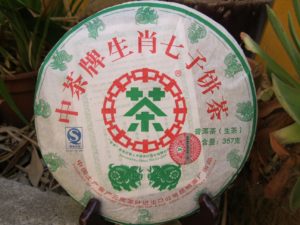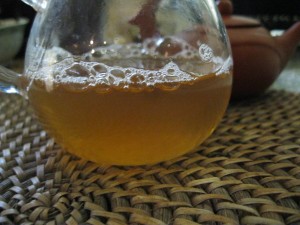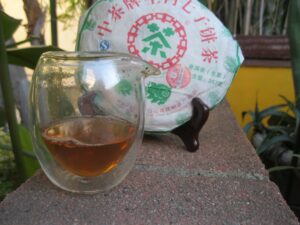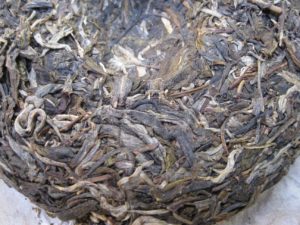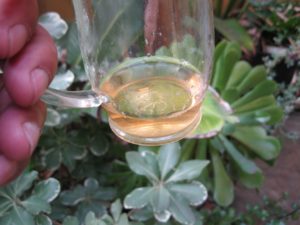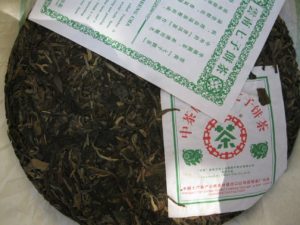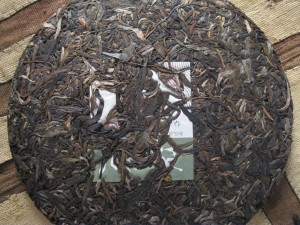Puerh Junky Reform School
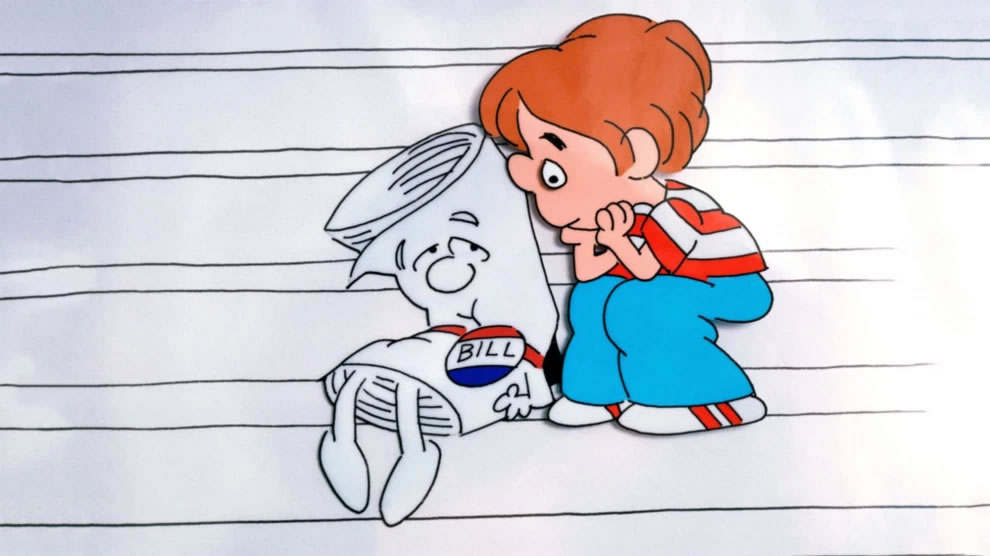
Puerh Junky Reform School is a post that is sure to leave many a puerh enthusiast crestfallen. No. It’s not about reforming tattoo and piercing hipsters from the notion that that oolong-processed “gu-shu” from ’19 is puerh; rather it’s about how the Puerh’s Junky continues to get schooled by some real late bloomers. The reader is left crestfallen because his junkiness deigns to make out like his irascibility has been earned by developing a reservior of knowledge, while it becomes ever clearer that it is simply his posturing.
Those ’07s Turn 15
First of all we should start with those much disparaged Zhongcha ’07s, which turn 15 this year ’22. Whereas treasures like the Thick Zen and Water Blue Mark blossomed two or three years ago, the same could not be said about the likes of the Pig, the Blue Mark Iron Cake, HK Returns Iron Cake, or Beijing Olympics. Among these, certainly the the Pig continued to beg the question: “Why or how could it be possible for the makers to produce such a crappy tea”?
Against my better judgement, I opened the Pig up a few weeks ago. What a difference! There’s no need to go into the gory details. The takeaway is what’s important: that is many flat, boring, or crappy productions are simply not what you think they are and only time will reveal their secrets. This boils down to processing, a subject that many including myself have discoursed upon a great deal.
Whether the the old-school processing methods are better than the new-school ones is going to boil down to preference, intention. . . and disregard for the the time variable. If one intends to store the newly processed ones, then it’s anyone’s guess what the results will be, compounded by the complexities of storage conditions.
I nearly destroyed my silver needle storing it among the raws, and similarly catastrophic results developed with a couple tasty Nahan, Lincang cakes. It is clear that those puppies require a great deal more air than traditionally processed puerh. Any fears that air will cause the treasure to lose its aromatic intensity and pizazz should be laid to rest. The opposite is true.
The pinkishness to the hue of that pic is obvious. Evidently, this is supposed to mean “glory.” The material is no doubt good, but creatures of this sort are raised in the same pen as the Pig.
As market demand has driven demand for more puerh that can be drunk now increases, it appears that some of the newer methods have creeped into even how Zhongcha is making some of the older productions. If the Lunar Series serves as any indication, we see that compression at the very least is one of the differences. This in itself may be sufficient for allowing quicker transformation, but there’s more.
For example, there’s a huge difference in appearance between the of the ’07 Pig and the ’14 Horse. Wholeness and choppness is going to impact the final result. Ostensibly the Pig and Horse recipes are the same, comprised of primarily Lincang material with some Menghai thrown in. However, the sweetness has already started to emerge with the Horse despite being seven years younger than the Pig. They’ve both been stored here in Los Angeles for about the same amount of time. It seems unlikely that this difference could be chalked up exclusively to compression, though it is imaginable that both required somewhere around the same amount of storage time under Los Angeles conditions to blossom, seven years. Still, the Puerh Junky’s hunch is that there’s changes in processing that are driven by the market.
The Lincang villages not including Mengku and Fengqing specialize in fruity expressions that are sweet very early. This is due to processing. However, old-school Zhongcha productions comprised of Lincang material are no more expressive at a young age than those from Yiwu. The differences depend not in terroir but upon the ones processing the maocha, just how much they feel they can reasonably cook the tea without losing the intrinsic character. Obviously, some have assumed a devil-may-care attitude knowing that the drinker hasn’t any inclination to store the production, so they cook the hell out of it. . . or is that into it?
Wrap-up
This confession has gone long enough. I can think of at least three different productions that have been stored since before ’16 from the ’07ish time period that didn’t blossom till this year, all from different factories with varying measures of market cache. Some of these productions are still not ready but do benefit from a good deal of cooking. My experience with some of the Lincangs that have specialized in sweet processing longer than other regions is that they require different care from the old-school productions. Even here, however, it seems that the craft tends toward more conservative processing the more special the production. That is to say, real Xigui and Bingdao won’t get the fire of less recognized villages and even they will require some wait of a year or two. That’s another reform school lesson for another time. By the way, have you paid your tuition?

